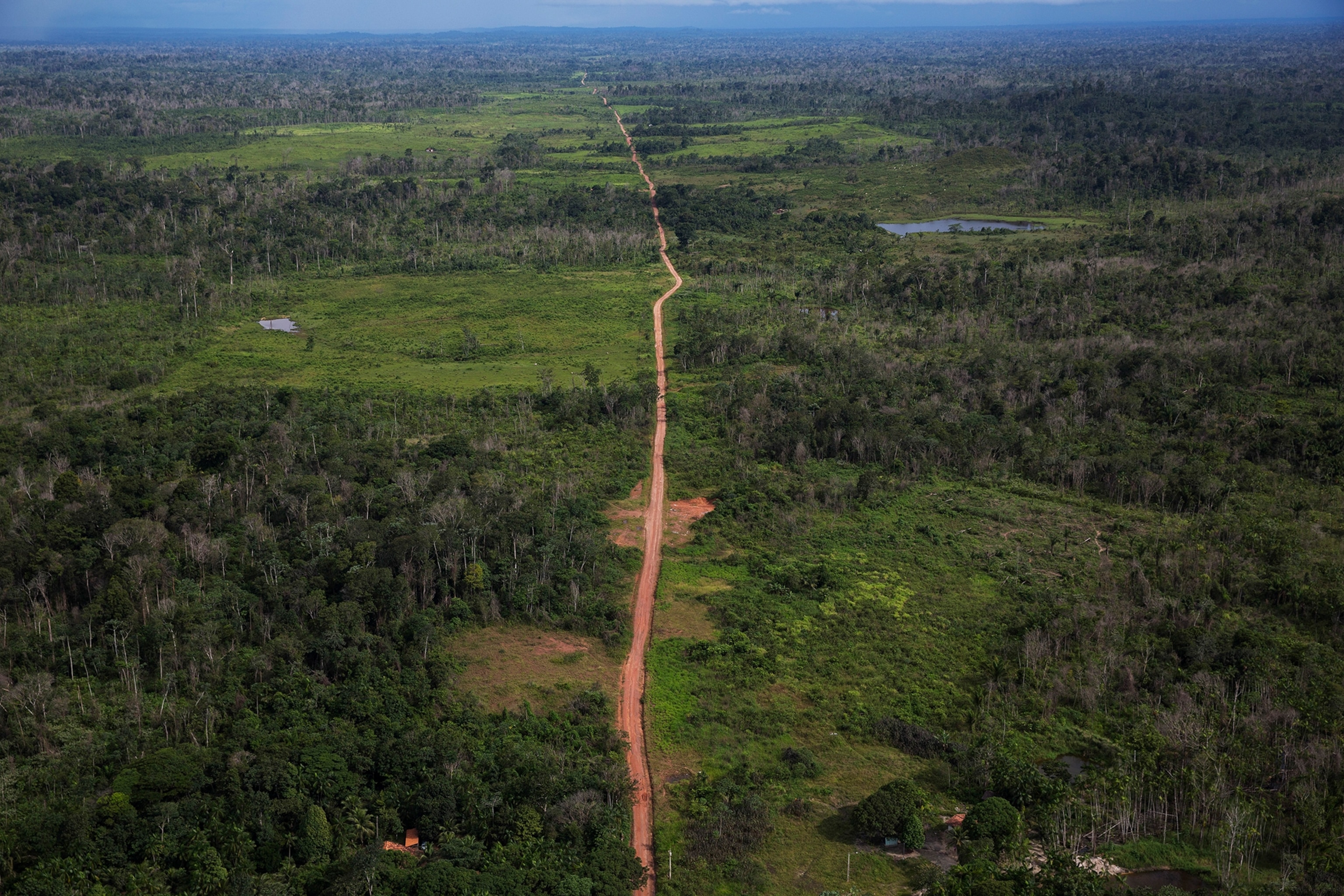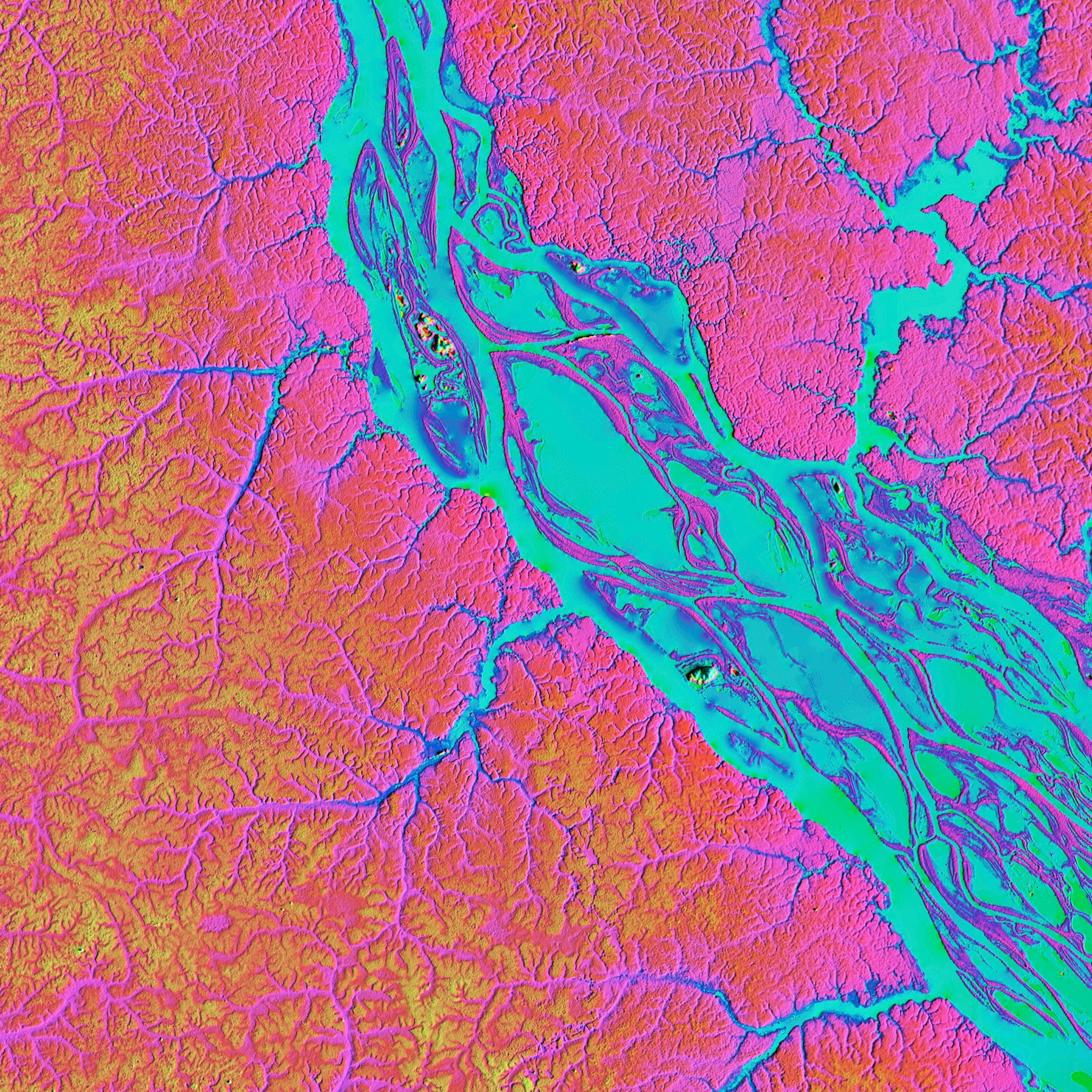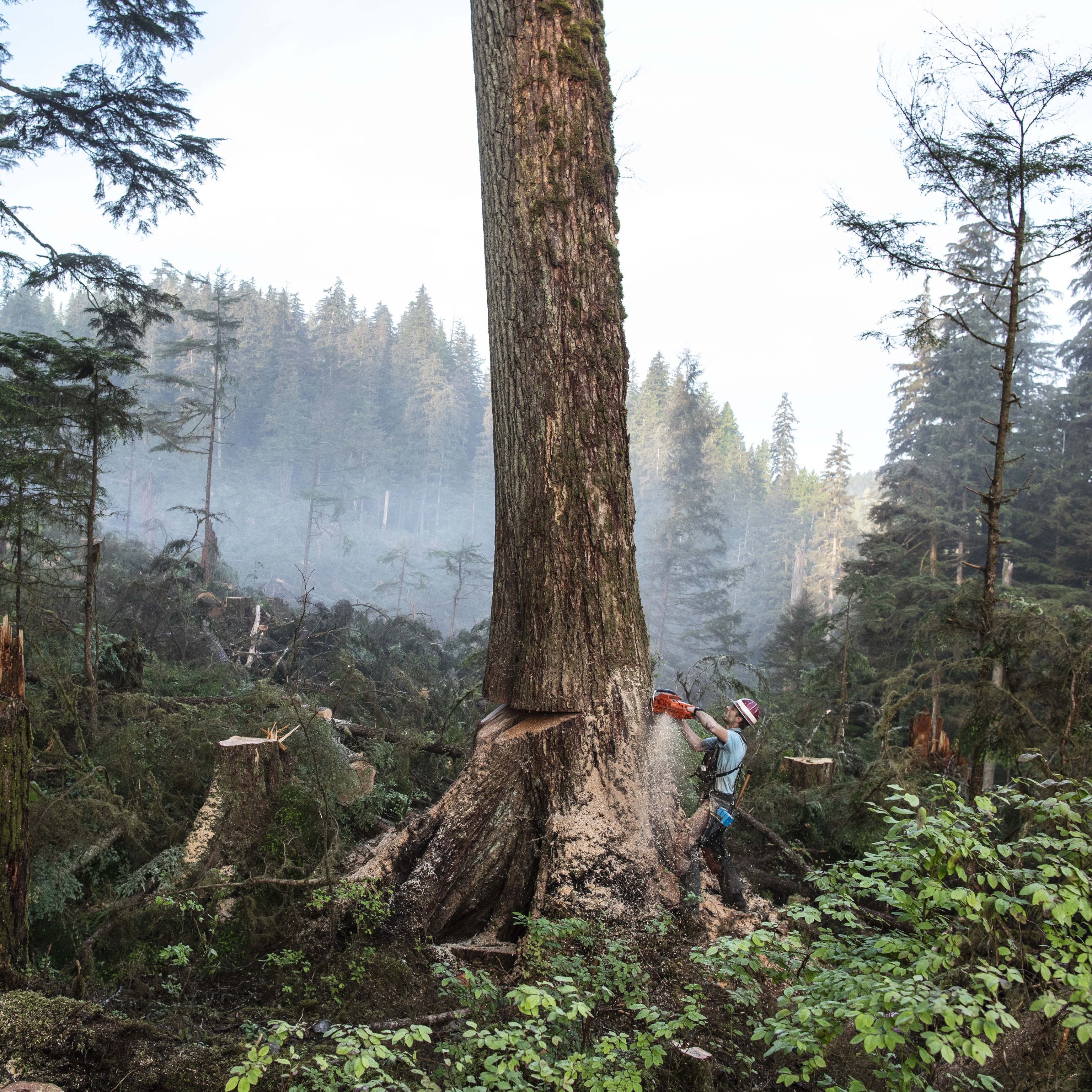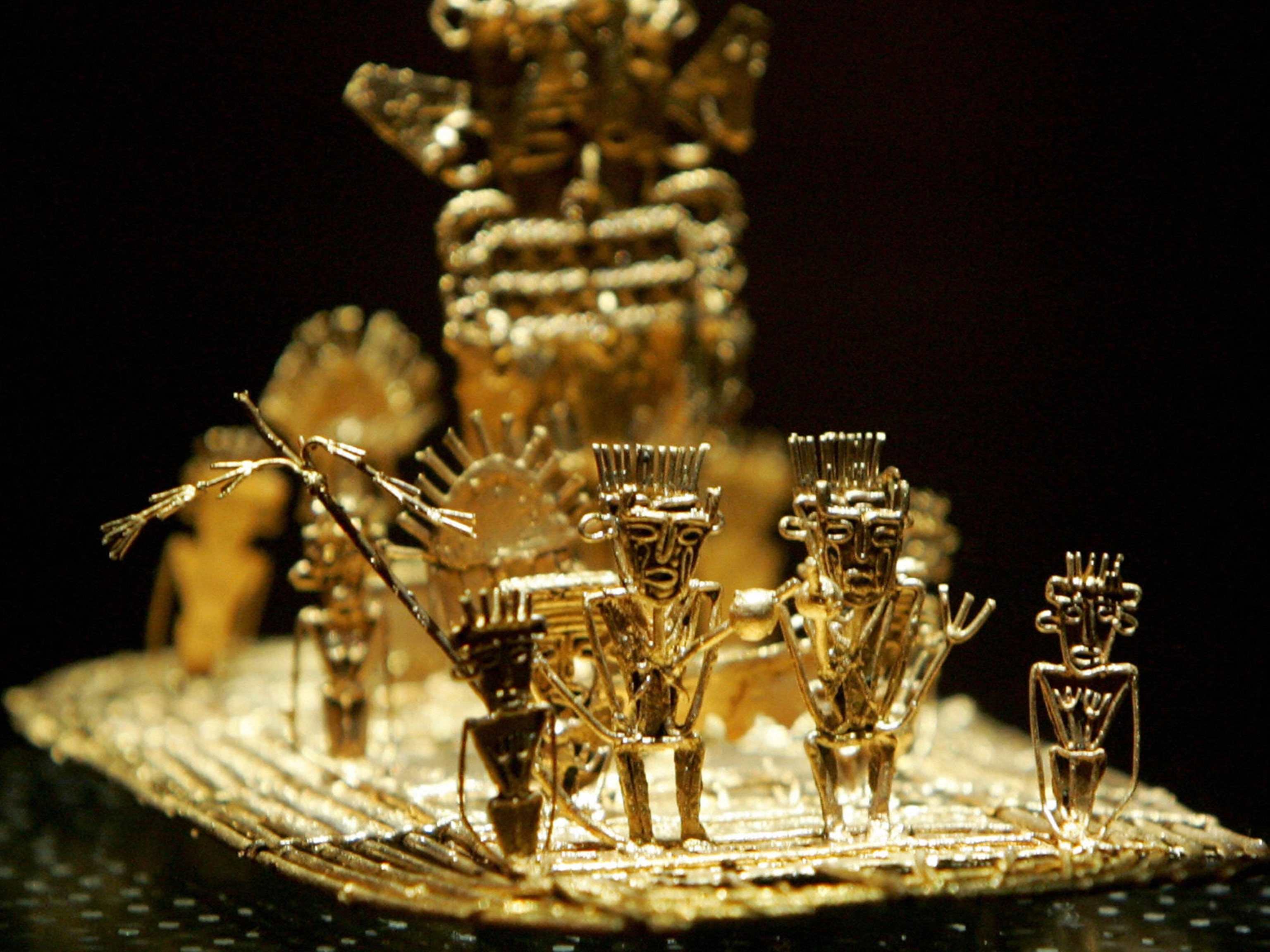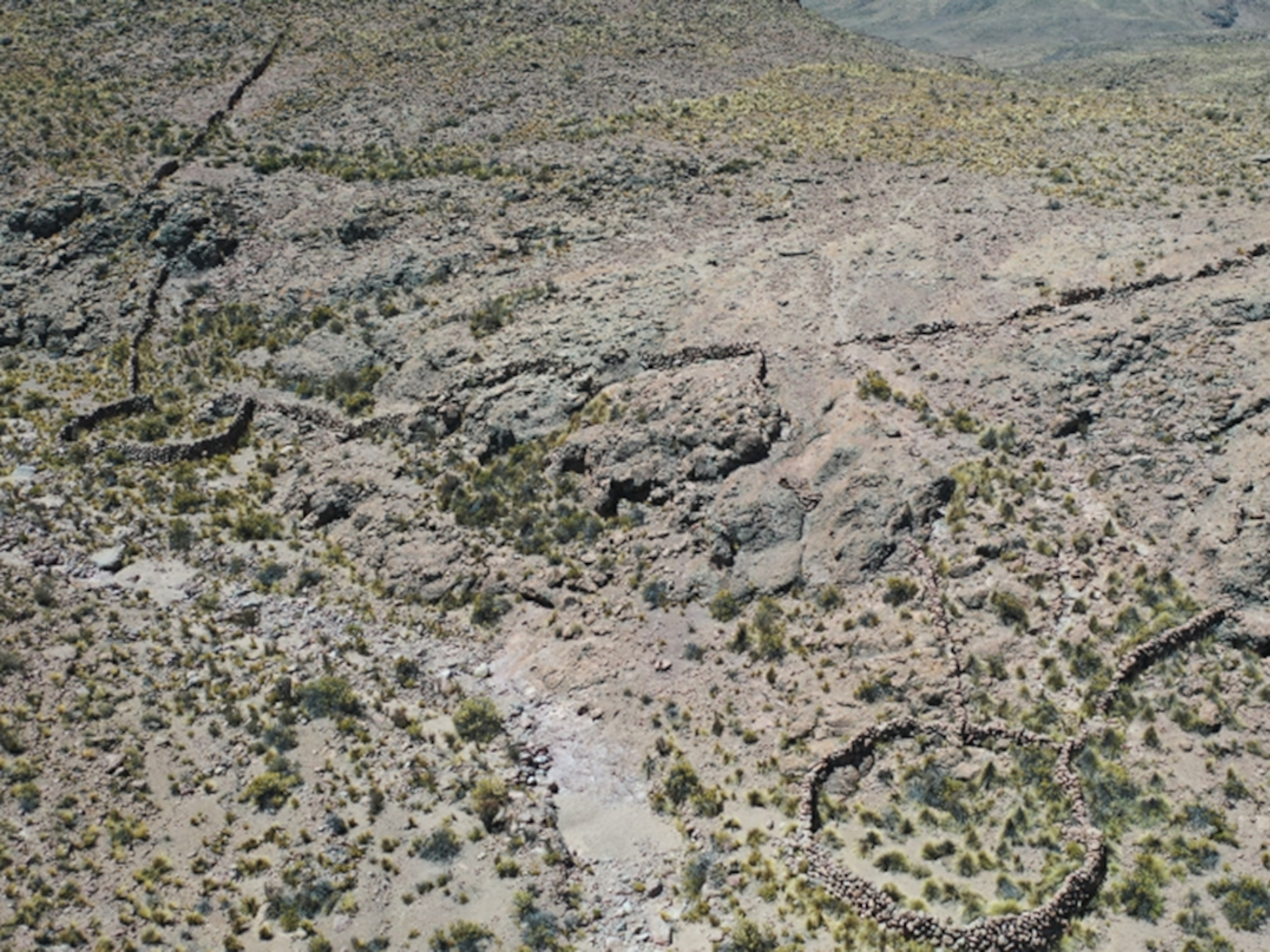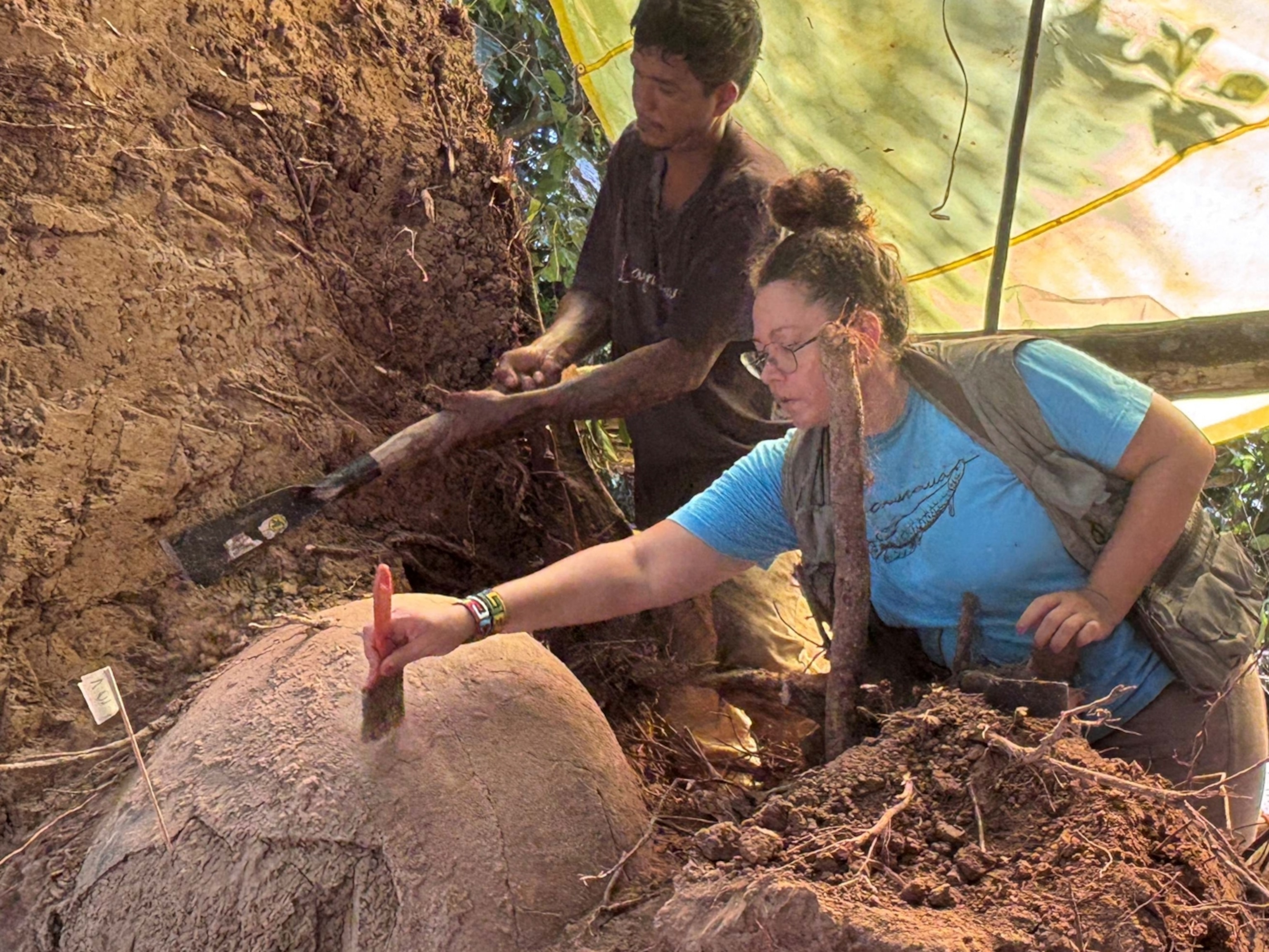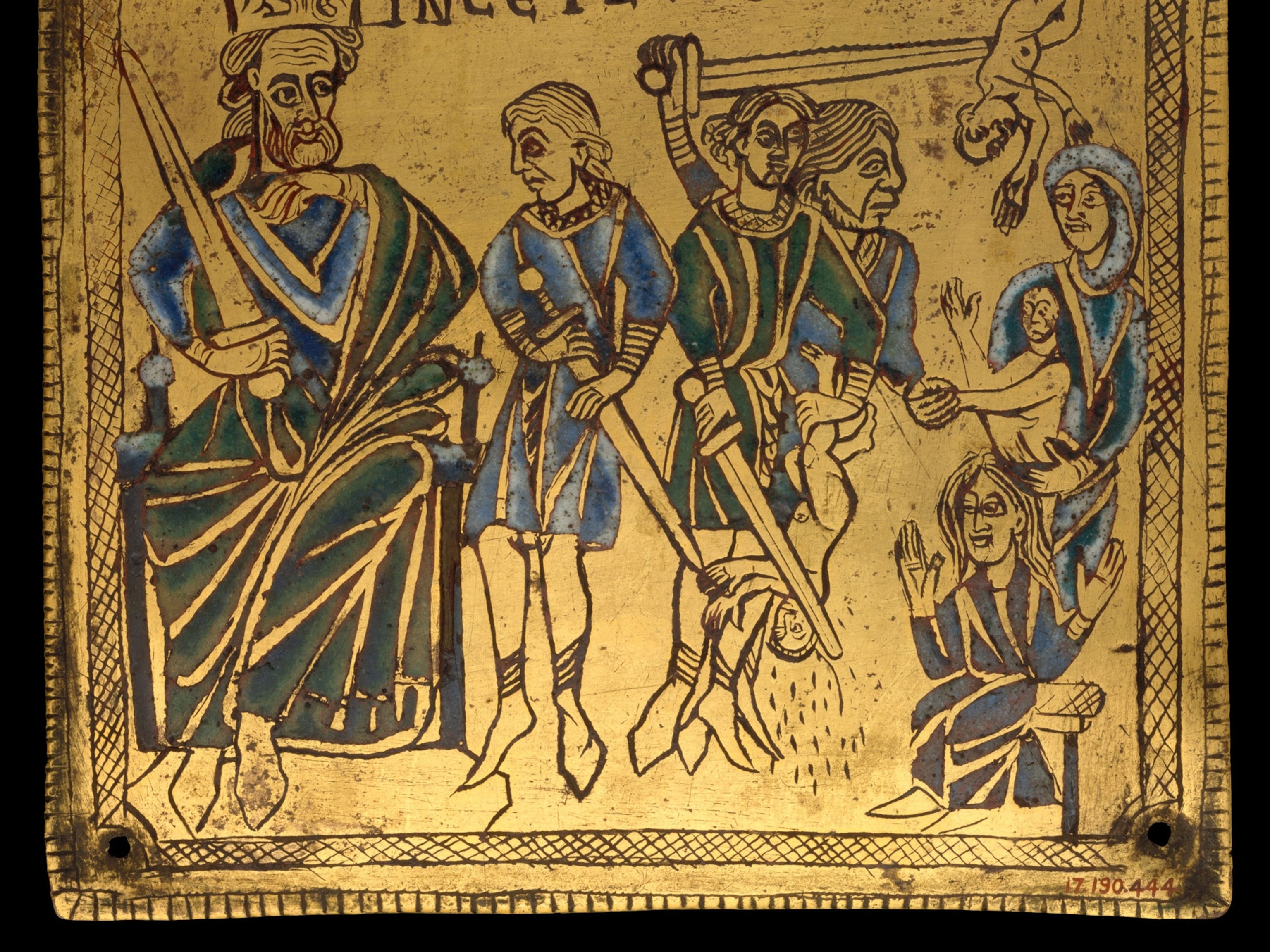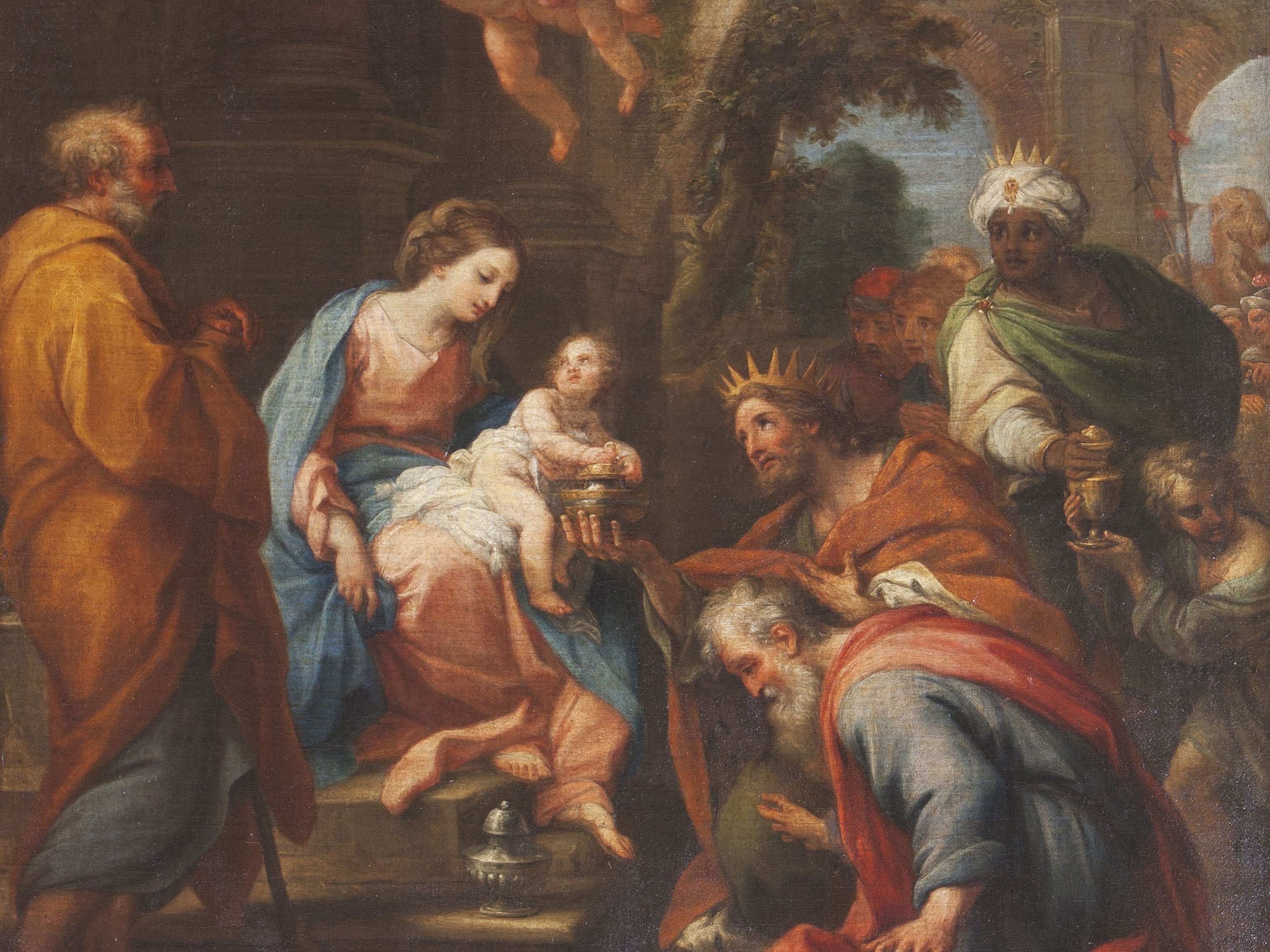Surprising Journey Reveals Dark Side of the Amazon
A quest to find his birth parents led Chris Feliciano Arnold on an eye-opening exploration of the Amazon rain forest’s underbelly.
More than half of Earth’s rain forests have been lost to the demand for wood and arable land. Nowhere is this environmental crisis starker than in the Amazon, where cattle ranching, clear-cutting, mining, and homesteading are eating away at what remains. Chris Feliciano Arnold’s new book The Third Bank of The River doesn’t address these well-known issues directly. Instead, he takes the reader on a journey behind the scenes to reveal the underlying social and political problems—from corruption, to drug-dealing, to illegal logging—and the links between them.
Speaking from his home in San Francisco, he explains how Christian missionaries now use riverboats and the promise of free dentistry to convert indigenous peoples, why the question of contact with remote tribes arouses such controversy, and why his journey has a deeply personal motivation: finding his birth mother.
Most of us imagine the Amazon as a bit like The Jungle Book, full of wonderful wildlife and fascinating native peoples. The picture you summon is more of a dystopia of drug-dealing, illegal logging, violence, and corruption. Is it really that bad?

As a child of the eighties, I grew up in a period when the popular narrative about the Amazon rain forest was that it was a region under threat but that the threat was primarily one of deforestation, and that saving the rain forest meant we protected the trees. But as I immersed myself in the research for this book, I found that the much more compelling and, in my view, more urgent, story is that of the human landscape of the rain forest.
The Amazon is facing crises on a number of levels, from deforestation, to climate change, to human rights, exacerbated by drug trafficking and wildlife trafficking. All these crises are negative feedback loops feeding on each other. And in a region where transparency is not the norm it’s important to shed light on some of these issues. The first step to get a full and complete picture of the Amazon is getting a sense not only of its beauty, but also the peril there, even if some of these more gritty elements aren’t necessarily going to make an HD cable television special. [laughs]
Your journey also had a very personal motivation. Tell us about your Brazilian heritage and your search to find your birth mother.
My connection with Brazil began at my birth. My middle name is my original Brazilian last name, Feliciano. I was born in Belo Horizonte in 1981, in the twilight of the military dictatorship, and was adopted as an infant by a white family in rural Oregon, where I lived a very typical American country boy life—fishing, camping, and hiking. My parents never kept my origins a secret from me. On the contrary, they were very open and supportive in helping me understand who I was and where I came from. But in rural Oregon there’s only so much you can do to help imbue your son with a sense of Brazilian identity and culture. To me, Brazil was this imaginary homeland, an amalgam of tropicalia: Rio de Janeiro, soccer, and samba.
I didn’t get a chance to experience more of Brazil until I was 25 years old, when I went on a summer-long backpacking trip. I’d spent my time learning stories of Brazil from books and encyclopedias. But I wanted to see it for myself, firsthand. With what little information I had about my birth family tucked away in my backpack was the thought that maybe I could find my birth parents.
I arrived in Belo Horizonte at the bus station in the middle of the night and checked into a hotel. I had the phone number and called my birth mother. Meeting my birth family and seeing for the first time face to face my Brazilian blood relatives was the defining momentof my adult life. There were a lot of tears all around, both from myself, my mother, and her other children. It was completely overwhelming and emotional.
The Amazon has a long history of proselytization by Christian missionaries. Introduce us to Pastor Dave and his floating church, Ha Esperança.
Anyone who’s studied the history of South America is understandably apprehensive of religious work in the Amazon, which has resulted in bloodshed, ethnocide, and genocide. With Pastor Dave, I wanted to get an understanding of the contemporary missionary evangelical work being done in the Amazon rain forest. He and his wife, Robin, and his group of volunteer missionaries are based in Lakeland, Florida, and Pastor Dave has made it his life’s work to bring the word of Jesus Christ to remote regions of the Amazon rain forest. He’s a larger-than-life personality, and Florida to the bone. He refers to everything in terms of gators. If you’re hungry, you’re a hungry gator. If you’re angry, you’re an angry gator. [laughs heartily]
For missionaries in the 21st century, like Pastor Dave, the Amazon rain forest is a frontier market for souls, one of the last places in the world where you can find people who may have never heard the name of Jesus Christ. Ha Esperança is their spiritual battleship. They even have a solar-powered dental chair, which they can use to go to villages and extract teeth for people who may never have had dental care before. They have a freezer with remnants from the local ice cream factory—ice cream that wasn’t good enough to sell—which they take out. They have a GPS set up to navigate the rivers on this traditional, two-deck riverboat.
Sounds like Aguirre, the Wrath of God….
[Laughs] Exactly! On the surface, I recoiled strongly at the notion of missionary work. But I came to appreciate over the course of my time with Pastor Dave that the church is filling a vacuum by providing services in places where the state has failed.
You write, “For the last of the Amazon’s isolated Indians, the turn of the 21st century was the latest chapter in a saga of hiding.” Tell us about Robert S. Walker and the National Geographic-sponsored Isolated Tribes Project, and the bitter debate about the ethics of “contact.”
One of the issues I had no awareness of going into this book was just how much debate there is over what can and should be done to protect the isolated tribes. Not just in the Amazon rain forest but in forests around the world. One of the most hotly contested debates is whether these groups of isolated tribes can best be served and protected by making contact, in order to shield and protect them against the inevitable march of development in the Amazon. Or whether the best approach is a so-called “no-contact policy,” where we protect their reserve areas but make no contact, knowing that any contact, no matter how well-intentioned, can have terrible unintended consequences, from the introduction of disease agents to cultural pollutants.
I explored this story with one isolated tribe that emerged on the border of Brazil and Peru during the 2014 World Cup in Brazil. As the world was spotlighting this enormous sporting mega-event, in a tiny corner of the country, on the border between Brazil and Peru, a tribe emerged to make contact with a settled tribe after having been reportedly massacred by a group of loggers and traffickers.
As I explored the fate of this tribe, and the questions surrounding their contact with settled tribes in Brazil, I encountered the two sides of the debate. One is a group of so-called applied anthropologists, who are using sophisticated technology to track and measure the size and health of indigenous groups in some of the most isolated forests in the Amazon. For the Isolated Tribes Project, Dr. Robert Walker of the University of Missouri and his team are using satellite imagery of the rain forest to identify and measure the relative health of indigenous groups, based on the size of clearings they’ve taken out for agriculture and housing, and so forth. Their theory is that these non-invasive satellite images can be used to measure the health of the tribes, and also set a threshold by which we know at a certain point that this tribe has gotten so small that it’s no longer “viable” in terms of its reproduction; or, on the other hand, this tribe is large, vibrant, and healthy enough to be left to its own devices.
On the flipside of this debate about Walker’s work is enormous controversy among no-contact purists, like those at Survival International. They believe that the work of Walker and the whole concept of controlled contact is putting isolated tribes in great peril and, in a sense, serving the interests of multinational corporations and agribusinesses in Brazil, who want to explore and exploit these undeveloped territories.
This is a tremendous debate, which for me came down to unpacking monumental questions that seem pertinent for our entire world. To what degree is the so-called “march of progress” inevitable and how, in a world that’s changing so rapidly, do we protect and learn from these pockets of indigenous knowledge, which represent some of the most ancient wisdom and customs in the world?
Let’s turn to the future. Can the Amazon and its peoples be saved? And what can our readers do to help?
Great question! I will qualify this by saying that the Amazon will outlast us all. When we talk about “saving the Amazon” we’re talking about saving it in a form that will allow us to continue to sustain human life on Earth. In that respect, there is hope for the Amazon. Many of the structures necessary, whether they be demarcation of indigenous reserves; laws and regulations around how the rain forest can be used; or protection for the Amazon and its peoples, are enshrined in the Brazilian Constitution. But what we’ve found, as with so much in Brazil, is that the reality on the ground doesn’t live up to the spirit of the law.
One of the most important things leaders in Brazil can do, and that international leaders can support them in doing, is to make sure that their existing regulations and laws are honored and respected, and that the government agencies charged with protecting the environment and indigenous groups are funded to actually fulfil their mandate, so that these regulations and laws are not just there in theory but actually being implemented in practice.
We can all raise awareness of the region. In the eighties and nineties the Amazon was a region of global concern. And I believe at this moment in our history that the time has returned for people across the world to be tuned in to what’s happening in the Amazon. If you care about the climate, the environment, human rights, social justice, or fighting corruption, all these things are flash points in the Amazon rain forest right now, and everyone on the planet has a stake in what’s happening there.
We are at a point in the U.S. right now where there’s such an enormous vacuum of leadership in Latin America, and so many in America have succumbed to nationalistic tendencies. And sometimes for good reason. In the past, when the U.S. was involved in Latin America, good things typically didn’t happen. [laughs] But the first step is for people to put this region on their short list of areas of global concern, tracking the changes there and asking if their elected officials are being conscientious, above all about energy policies.
This interview was edited for length and clarity.
Simon Worrall curates Book Talk. Follow him on Twitter or at simonworrallauthor.com.



